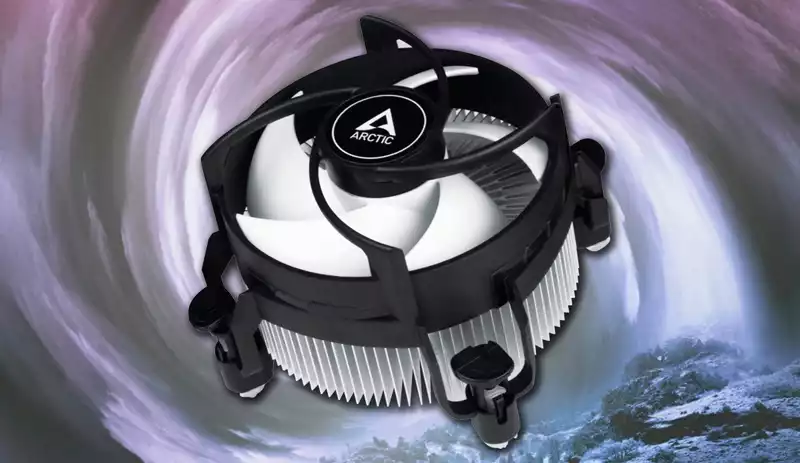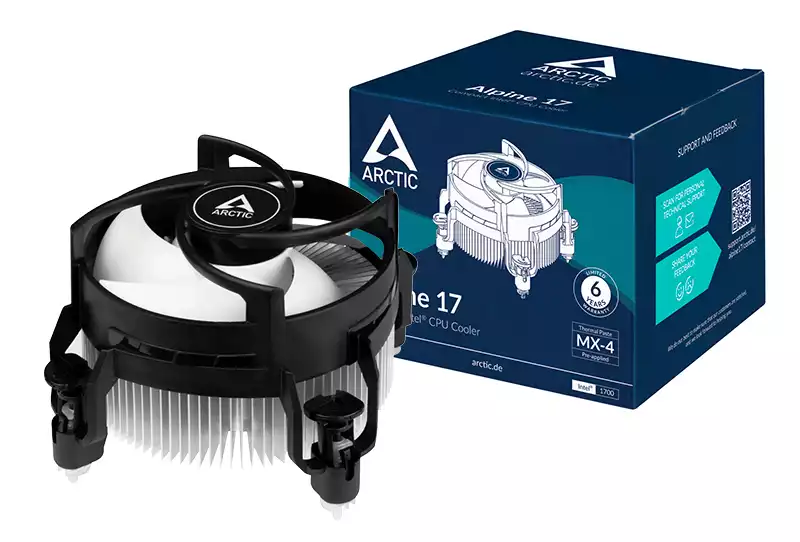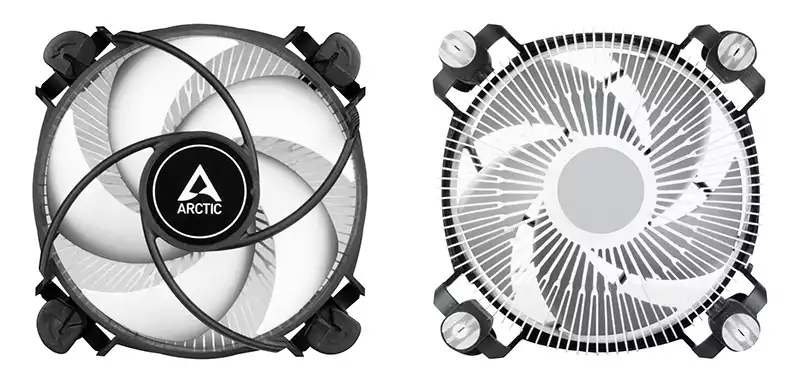You can also be interested in these:
- Is it ok to put cheap thermal paste on your CPU?
- Corsair AF120 RGB Elite full review
- Corsair iCUE H150i ELITE LCD XT full review
- AMD Ryzen 9 7950X3D CPU full review
The CPU fan is the simplest most finite thing in charge of keeping the CPU cool and workable. Depending on the usage and the capabilities of the build around any given chipset, and if this belongs to a high range hierarchy like the ones we -and almost all gamers- prefer to review, then a potent fan is a must. Due to the excessive pressure and heat a chipset undergoes, the CPU can reach temperatures that border dangerous limits, and it is the job of the fan to make the CPU capable of working properly by regulating said temperatures, allowing optimal performance.

As of now, any CPU fan in the market will perform in such a way, and it is the reason why there are so many models being developed to maximize cooling capabilities. Although, some brands take the improvements a notch further, which is exactly what Arctic and its Alpine series fans try to aim for. Most importantly the Arctic Alpine 17, which we will be reviewing today as it comprises a valuable option for any LGA 1700 processor, primarily due to its standard mounting system. We will break down all the bases and specs one by one to enlighten any user about choosing this or other fan over this one for their CPUs.
Design
As mentioned briefly, the Arctic Alpine 17 is targeted for LGA 1700 sockets due to its mounting system, which is not news to anybody as we have a thorough list of entries from Arctic dedicated to each socket like the Alpine 12 for the LGA 1200 and the Alpine 23 for AMD. Due to this fact, the design could resemble any other older gen stock sink from Intel, however there are various enhancements made to the units performance and they start with measurements. This model is 96 mm by 77 mm, offering 30 mm over Intel models.
The heat sink, which is made of a thermal conductive material that effectively and swiftly carries heat away from the processor and is designed to have the greatest amount of surface area in a small volume of space, is a perfect aluminum cylinder with a central ring from which the fins expand horizontally to facilitate heat dissipation through thermal convection, first as a single fin that then split into two, this leaves the center zone empty and in direct contact with the CPU (shielded with thermal paste) and is left precisely so to increase the exterior airflow transfer, that dramatically increments the cooling capabilities together with the height of the sink, in order to better deal with the temperature that 65W of some blocked CPUs produce.

Directly above the sink we will find the 92 mm fan with a helical design and wide helixes, then the upper side of the frame, made out of plastic and including the plate grips. The design for the fan is sure to deliver a silent cooling execution, making it a fundamental characteristic for this item. The only feasible inconvenience found on the fan is the fact that it is attached to the unit as a whole, making it unable for repairs or substitution in case of breakage or damages. Overall, it uses a hydraulic bearing system for the motor and is compatible with PWM control within 100 and 2000 RPM, all this with a noise output of just 22,5 dBA maximum.
Mounting
As the name of this model suggests, the default compatibility on the Arctic Alpine 17 CPU cooling fan will be directly with LGA 1700 sockets with a 78×78 mm format, with the typical pressure screw system. In spite of the previously stated, the arctic brand still has the simplest, most straightforward mounting system for their fans as it only requires basically two steps: first, place the heat sink part aligned to the CPU in a stable and leveled way, then just gently push down on the fan carcass to the plate holes, making the pressure screws click as soon as the blocking pin locks the unit in place. To unmount, we just need to turn the head of the screw, unlocking the mechanism in this way to then proceed to take the fan out.

Performance
The tests ran on an Intel core i3-12100F processor showed some interesting details on the Arctic Alpine 17 temperature performance, as it maintained 33 degrees on an idle setting and 67 degrees Celsius through the stress tests with spikes of 77 degrees Celsius through the process. Since it was tested on this particular CPU, the temperatures obtained are pretty satisfactory, but a noteworthy detail to keep in mind when mounting on CPUs like the i5-12600 since some Alder Lake CPUs have created a demanding fame even when blocked, basically due to the thermal design point boost mode that has been included in them. So, keep in mind when owning any i5-12600 processor or greater.
Final Evaluation
For most low to mid-range computer processing units like the i3-12100 or i5-12400, and even in high-end notebooks, this fan solution will be a perfect heat sink alternative, since its performance is quite hefty and will allow us to save some desired bucks to upgrade other features to enhance our build. The silent quality of the unit is another key factor in our selection since its noise levels are below the average of many other brands, this together with its heavy-duty hydraulic bearings, PWM control and larger cooling area, comprise a good list of qualities which are good to consider when acquiring any CPU cooling solution.

For its reduced and comfortable price, we found that the only considerable downside would be the fact that this HSF unit can only be used in low to mid-range processors, making anything beyond i5-12600 if an optimal ventilation is desired. On the other hand, the impossibility of replacing the fan in case of damage, although an unlikely situation, is a good factor to have in mind when thinking about acquiring this particular fan over any other. All in all, we might be being a bit conservative with our appraisal regarding the temperature limits for each processor, but we tend to prefer to be more on the safer side.
More stories like this
- Is it ok to put cheap thermal paste on your CPU?
- Corsair AF120 RGB Elite full review
- Corsair iCUE H150i ELITE LCD XT full review
- AMD Ryzen 9 7950X3D CPU full review
- Thermaltake Swafan RGB full review
- Noctua NH-D12L review
